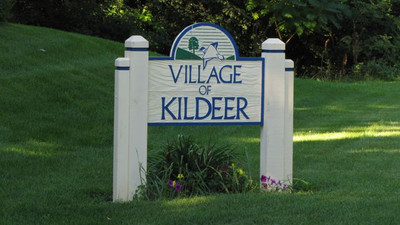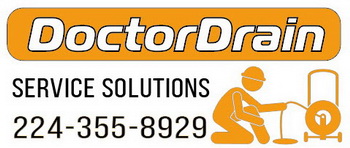Doctor Drain Services in Kildeer
-
Power Rodding
-
Hydro Jetting
-
Video Inspection
-
Drain Repair
-
Drain Cleaning
-
Sewer Cleaning
-
Sump pump
-
Sewage Ejector Pump
-
Main Line Rodding
-
Bathtub Drain
-
Bathroom Sinks
-
Kitchen Drain
-
Laundry Drain
-
Toilets
-
Floor Drain
-
Storm Drain

Kildeer is a village in southwestern Lake County, Illinois, United States, and a suburb of Chicago. Per the 2020 census, the population was 4,091. It has limited development to custom houses on large lots, and has worked to preserve natural features and open space.
This area was largely rural and made up of farms and undeveloped lands until after World War II. Increased population and pent-up demand for housing resulted in new suburban development outside many major cities, aided by federal investment in highways that eased commuting to work. Lake County began to prepare by paving its roads and improving some. The Kildeer area began to attract persons who wanted to live a relatively rural life. In 1951 Quentin Road was realigned, removing the four right-angle turns, and substituting a smooth curve north from Rand Road. In 1952 its entire length was paved.
In the mid-1950s, Henry Bosch Jr. submitted a residential subdivision to the county containing mostly 2-acre homesites. On April 15, 1955 it was approved and called Boschome Farms. Bosch wanted to retain strict control of his subdivision and refused to sell lots to builders. As a condition of sale, each purchaser had to submit plans for their residence to Bosch and receive his approval prior to building. Not long after, the land south of Boschome Farms was subdivided as Long Grove Valley. Unit I was approved September 16, 1955, Unit 2 on February 1, 1957 and Unit 3 on June 20, 1957.As of the census of 2000, there were 3,460 people, 1,077 households, and 1,001 families residing in the village. The population density was 996.6 inhabitants per square mile (384.8/km2). There were 1,095 housing units at an average density of 315.4 per square mile . The racial makeup of the village was 93.82% White, 0.92% African American, 4.28% Asian, 0.38% from other races, and 0.61% from two or more races. Hispanic or Latino people of any race were 2.31% of the population.
There were 1,077 households, out of which 51.1% had children under the age of 18 living with them, 88.0% were married couples living together, 3.1% had a female householder with no husband present, and 7.0% were non-families. 5.4% of all households were made up of individuals, and 1.8% had someone living alone who was 65 years of age or older. The average household size was 3.21 and the average family size was 3.34.
In the village, the population was spread out, with 32.5% under the age of 18, 4.2% from 18 to 24, 26.9% from 25 to 44, 30.1% from 45 to 64, and 6.2% who were 65 years of age or older. The median age was 39 years. For every 100 females, there were 98.1 males. For every 100 females age 18 and over, there were 96.6 males.
The median income for a household in the village was $137,498, and the median income for a family was $140,270. Males had a median income of $100,000+ versus $41,607 for females. The per capita income for the village was $51,973. About 0.4% of families and 0.5% of the population were below the poverty line, including none of those under age 18 and 1.9% of those age 65 or over.

